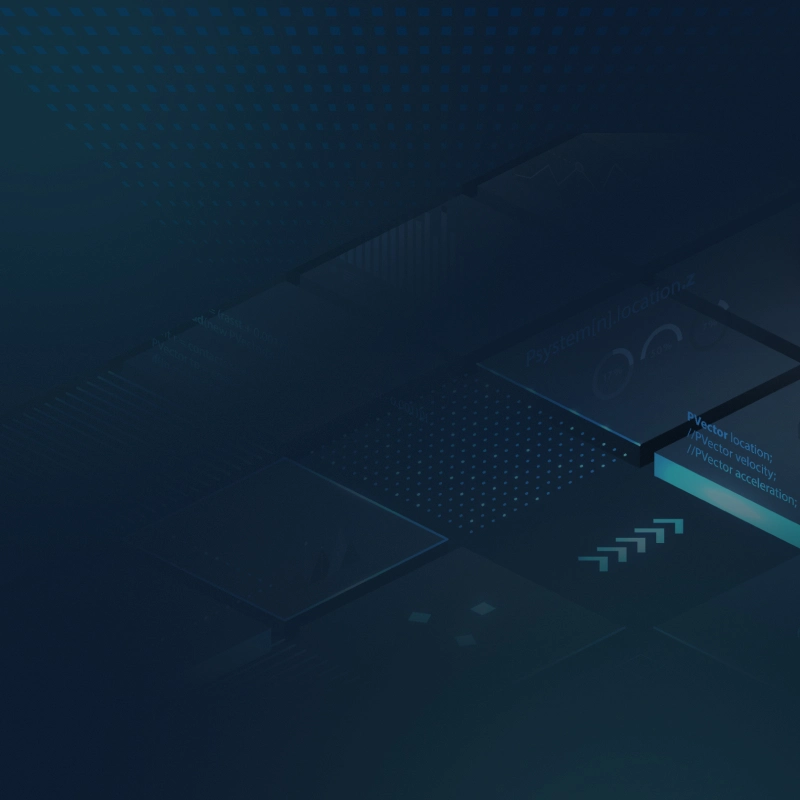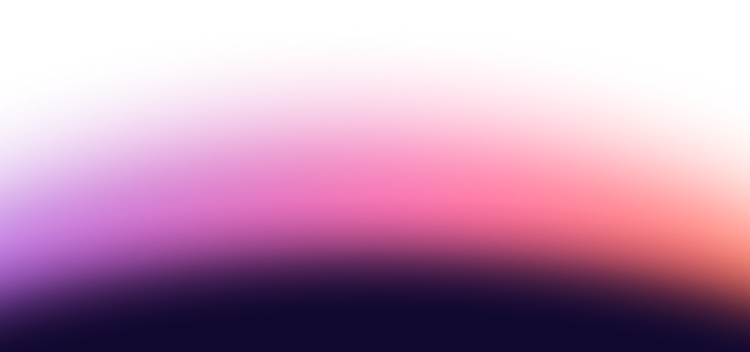Sam Stanwyck, Group Product Manager, Quantum Computing at NVIDIA, is interviewed by Yuval.
Read the full transcript or listen to the episode at the Quantum Computing Report site here
Here are the key points:
- Background and Role at NVIDIA: Sam Stanwyck leads the Quantum Computing product team at NVIDIA. He has a background in experimental condensed matter physics and has previously worked at Rigetti Computing and Keysight Technologies. He has been with NVIDIA for about a year and a half, focusing on quantum computing.
- NVIDIA's Quantum Libraries: Last year, NVIDIA released cuQuantum, a set of libraries aimed at accelerating quantum circuit simulation on GPUs. The primary goal was to enable research in algorithms, especially given the limitations of current quantum processors in terms of scale and error rate.
- QODA Software: NVIDIA has broadened its scope to integrated quantum and classical computing with the introduction of QODA (Quantum Optimized Device Architecture). This software aims to facilitate high-performance co-programming of quantum and classical computers, allowing CPUs, GPUs, and QPUs to work together efficiently.
- Programming Model: QODA is not just an orchestration tool but a complete programming model. It is designed to be a superset of C++ or Python, allowing for the addition of quantum kernels. These kernels can be run on either simulated or real quantum processors, making it easier to integrate quantum computing into existing workflows.
- Support for Various Quantum Models: NVIDIA is working closely with companies that are building different types of quantum hardware, including superconducting qubits, spin qubits, and photonics. The aim is to make QODA versatile enough to support various models of quantum computing.
- Ease of Transition: QODA is designed to make it easier for users to transition from one type of machine to another, or from a simulator to actual hardware. This is particularly useful for those looking to evaluate the advantages of quantum computing for specific problems.
- Enterprise Integration: Sam envisions that valuable long-term quantum computing will involve quantum and classical computers being tightly coupled, either through cloud service providers or on-prem systems. However, he acknowledges that non-co-located resources are still useful for current research and development.
- Partnerships and Future Release: QODA has not been publicly released yet, but NVIDIA has announced partnerships with QPU providers and companies developing quantum software. They also have collaborations with supercomputing centers looking to integrate quantum computers.
- Optimization and Open Source Plans: While NVIDIA aims to offer some level of optimization, the primary plan is to open-source QODA. This will allow the community and hardware partners to contribute to further optimizations.
- Resource Estimation: One of the future features of QODA will be resource estimation, allowing users to understand the computational requirements for achieving a quantum advantage.
Read the full transcript or listen to the episode at the Quantum Computing Report site here


.webp)
.webp)
.webp)

.webp)



.webp)







